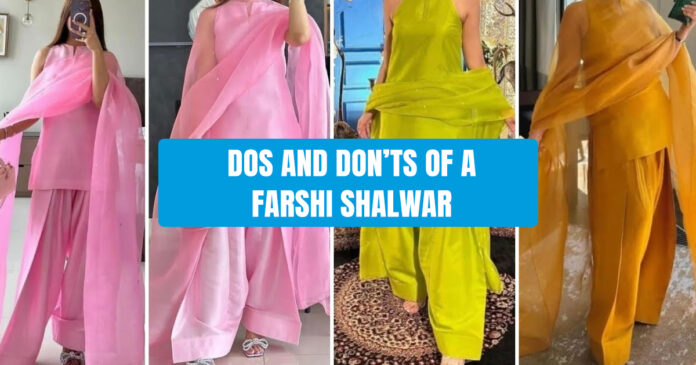Farshi Shalwar, a timeless emblem of South Asian clothing since the 1970s, has made a grand comeback in the fashion corridors of 2025, and it is all the people are talking about this Eid.
Farshi Shalwar is a traditional South Asian outfit known for its elegance and royal feel. The word “Farshi” comes from the Urdu/Persian word “farsh,” which means floor, and “shalwar” refers to a loose, pleated trouser. So, Farshi Shalwar literally means a shalwar that touches the floor.
These floor-grasing pants, reminiscent of royal courts, have the ideal mix of old tradition and contemporary flair, which is perfect to get trending in today’s era. But how do you wear a farshi shalwar without tripping over its grandeur? Don’t worry! We have curated your go-to guide on the dos and don’ts of rocking a Farshi Shalwar, all while keeping your style game on point.
Do: Ensure the Length Touches the Floor
The very essence of the Farshi Shalwar lies in its name, which translates to ‘floor-touching.’ To capture its beautiful charm, the shalwar should be at a length that elegantly sweeps the floor and creates a graceful silhouette. Hence, ensure your shalwar is long enough to achieve this effect.
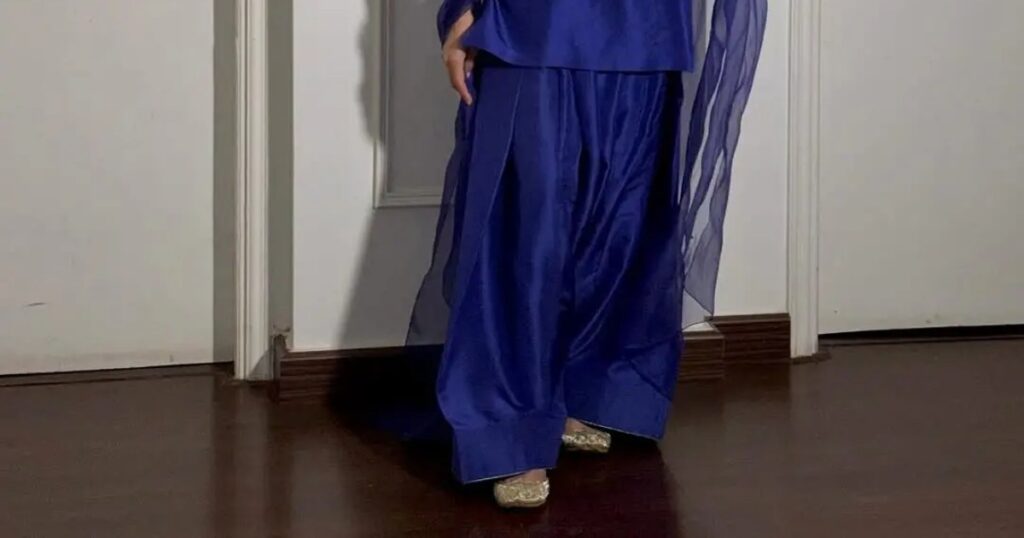
Don’t: Pair with a Really Long Shirt
Balance is key. Wearing a long shirt with a Farshi Shalwar can overwhelm your body frame and hide the shalwar’s delicate details. And while we know the allure of a long kameez is undeniable, coupling them with a Farshi Shalwar is a big no. Opt for a shirt that falls 10 to 12 inches below the knee, and it will create that perfect balance that allows the shalwar’s beauty to shine without being eclipsed.
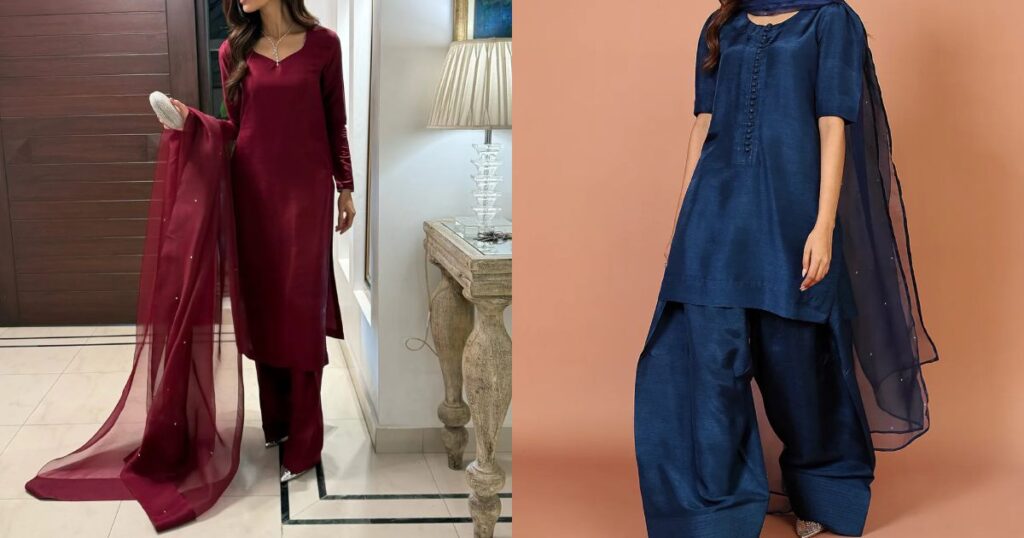
Do: Choose Fabrics with a Natural Fall
Selecting fabric materials like pure cotton, raw silk, georgette, chiffon, or lightweight silk will ensure the garment drapes beautifully, enhancing its fluidity. For daily wear, pure cotton stands out, offering both comfort and the desired weight for an elegant fall. And raw silk can be opted for on fancier occasions.

Don’t: Stick to Solid Colours Only
While we are seeing a lot of solid sets trending, who says tradition can’t meet modern flair? Incorporate prints, lace detailing and a vibrant mix of colours into your outfit. This fusion adds a contemporary twist to the classic simple attire, making your outfit perfectly, uniquely yours.
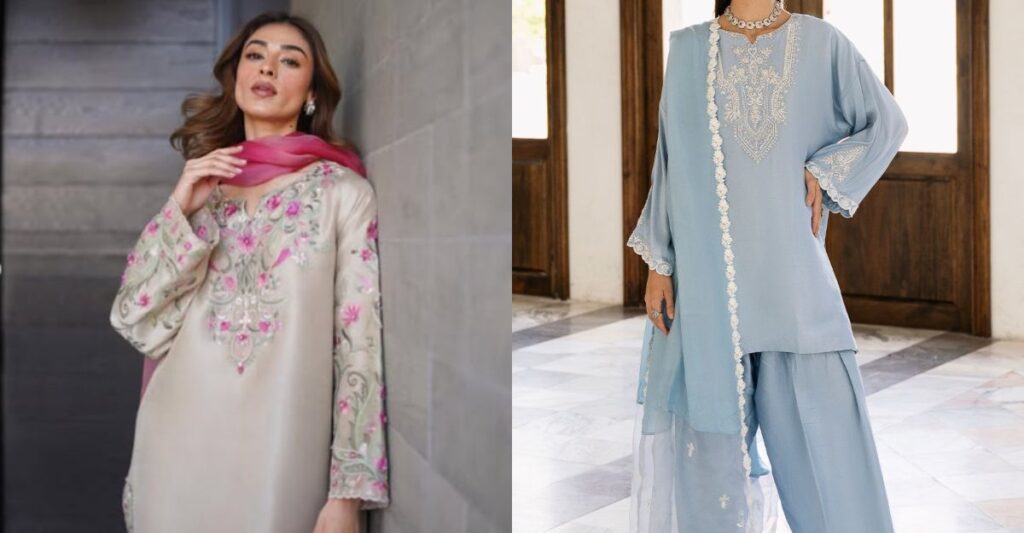
Read more: Here’s Where to Get the Most Stylish Farshi Shalwar Sets for Eid
Do: Prioritise Shoulder Fit
The foundation of any perfect outfit is a well-fitted shoulder. Ensuring the kameez sits perfectly on your shoulders provides a structured base, allowing the rest of the kameez to flow seamlessly. And while Farshi Shalwar is meant to be voluminous, it is important for it to fit around the waist and hips and for it to be comfortable yet secure. This attention to detail prevents the outfit from appearing sloppy and elevate the overall aesthetic.
View this post on Instagram
Don’t: Neglect the Chaak (Side Slit) Placement
The side slit, or chaak, plays an important role in the kameez’s design. Positioning it just above the knee complements the Farshi Shalwar, offering ease of movement and a pretty silhouette. For individuals with broader hips, adjusting the chaak slightly higher can provide a more flattering outfit.
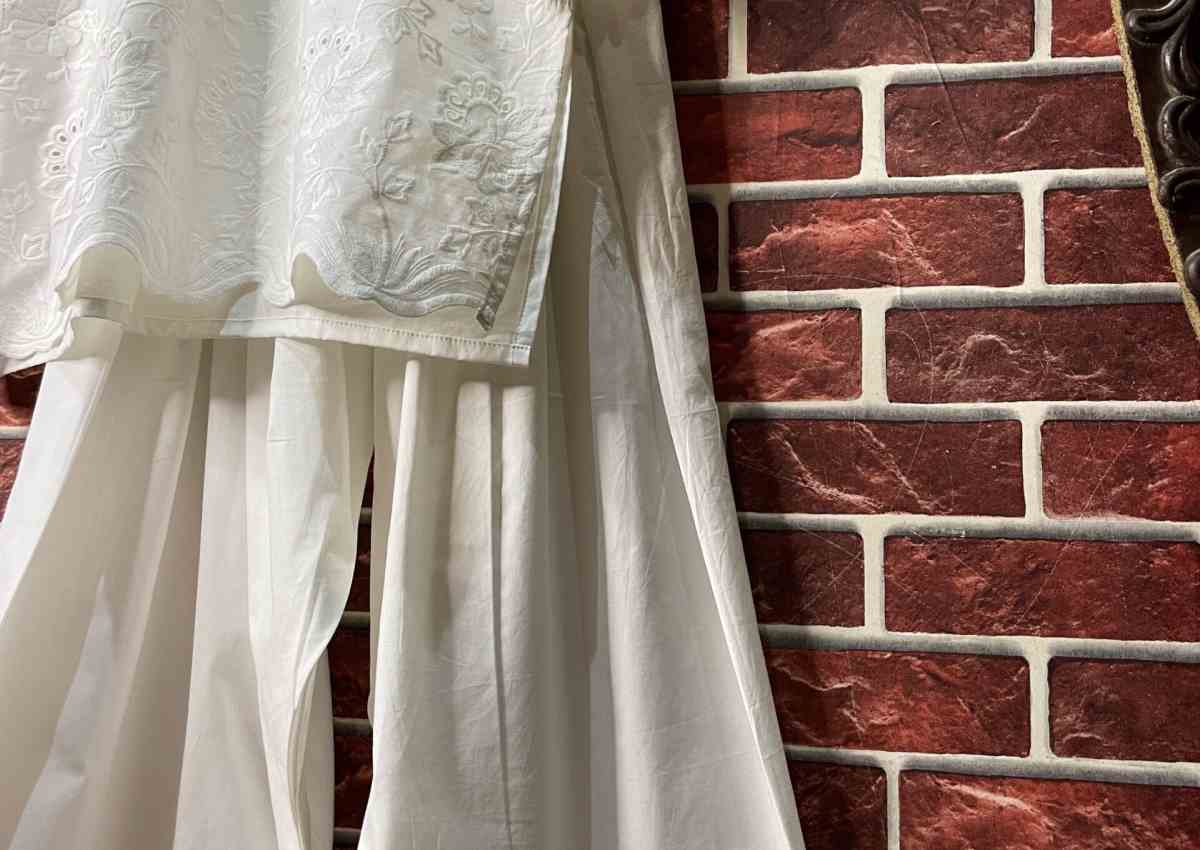
Do: Embrace Personal Style and Comfort
Fashion is a canvas for personal expression. While there are many versions of Farshi shalwar trending in different silhouettes, infusing your unique style and prioritising your own comfort ensures you wear this trending outfit with confidence. Whether experimenting with new colours, patterns or accessories, let your individuality and uniqueness shine through.
View this post on Instagram
Don’t: Forget to Accessorise Thoughtfully
Enhance your outfit with accessories that complement it without it being too much. Delicate jewellery, such as chandelier earrings or a subtle maang tikka, can elevate your look by so much while still keeping the focus on the attire. Wearing a Farshi Shalwar isn’t just about fashion; it’s about honouring our rich cultural history. Embrace the history and tradition it represents, and wear it with pride and respect.
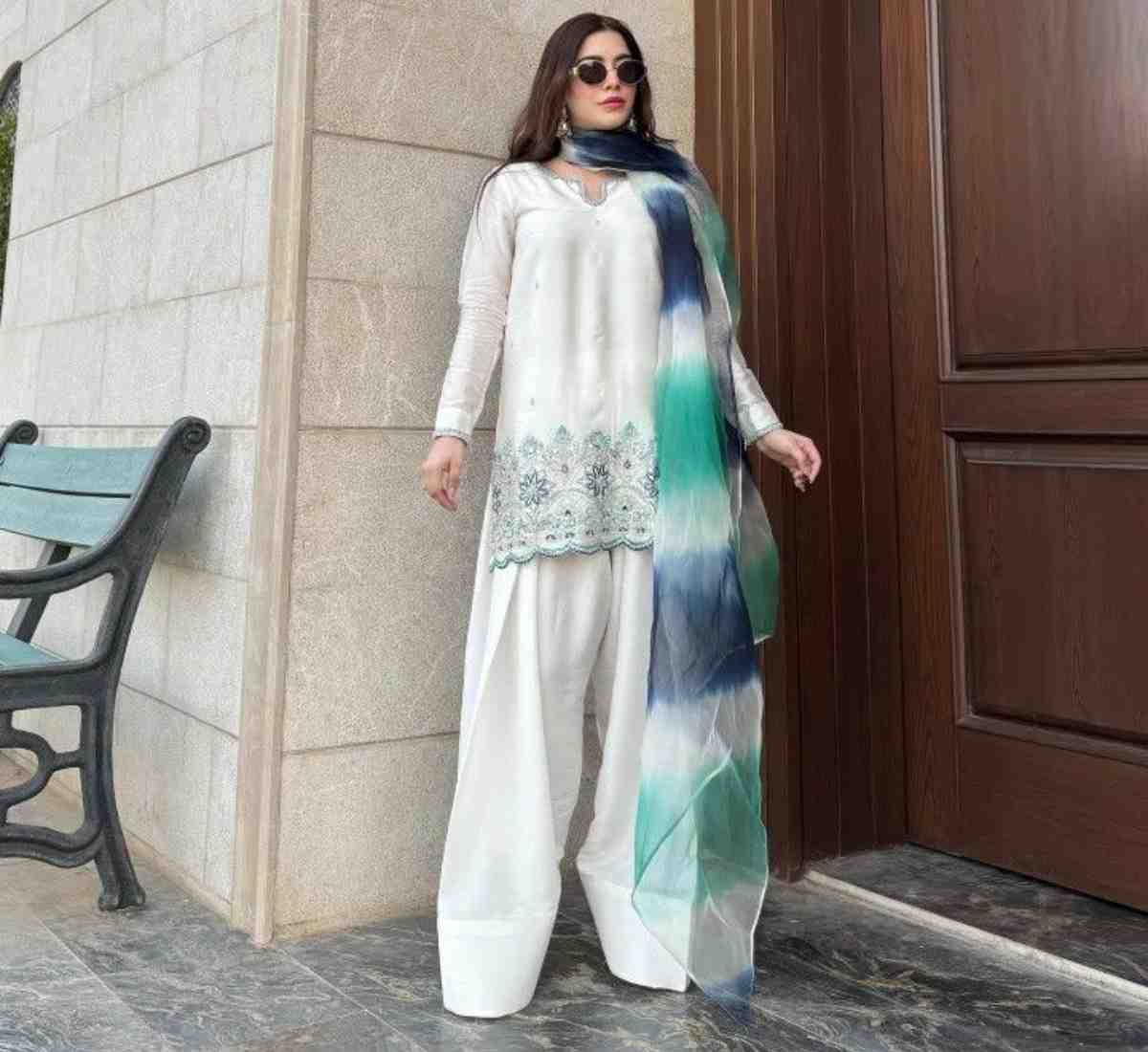
Conclusion
Farshi Shalwar is more than just attire; it’s a statement of elegance, tradition and individuality. By following these dos and don’ts, you can follow this trend with elegance and authenticity all while ensuring you look and feel your absolute best. Remember, the key lies in balancing tradition with personal style. So go ahead, let the fabric kiss the floor as you make your majestic entrance in a beautiful Farshi shalwar!
Stay tuned to Brandsynario for latest news and updates.











































